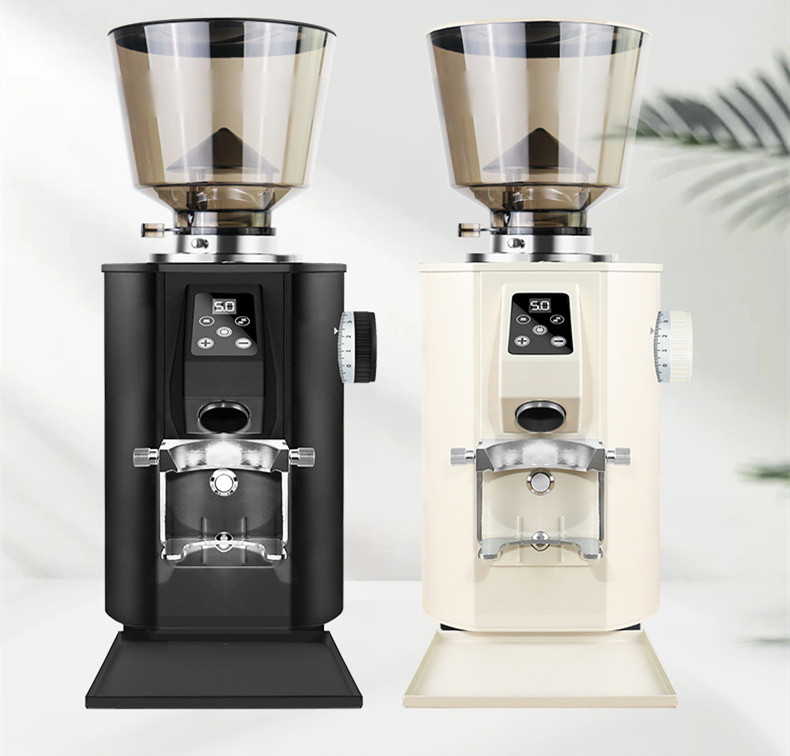Coffee Roaster Operational Guidelines: Essential Practices for Safe and Consistent Roasting
Operating a coffee roaster requires attention to detail to ensure flavor quality, equipment longevity, and workplace safety. Whether for commercial or home use, adhering to best practices minimizes risks and optimizes performance. Below are key considerations for every roasting session.
1. Pre-Roast Setup and Calibration
Environmental Conditions Check
Roasters perform best in stable environments. Before starting, verify room temperature and humidity levels. High humidity can cause beans to absorb moisture, leading to uneven roasting. Use a hygrometer to ensure levels stay below 60%. If working in damp conditions, pre-heat the drum for 5–10 minutes to evaporate residual moisture.
Machine Warm-Up Protocol
Cold starts strain heating elements and thermal sensors. Follow the manufacturer’s recommended warm-up time, typically 15–20 minutes for gas models and 10–15 minutes for electric. During this period, monitor flame stability (for gas roasters) or heating element glow (for electric). Skipping warm-up risks thermal shock, which may crack drum linings or distort temperature probes.
Batch Weight Consistency
Overloading or underloading the drum alters airflow and heat distribution. Use a calibrated scale to measure green coffee beans, adhering to the roaster’s specified capacity. Deviating by more than 10% can cause chaff buildup in exhaust systems or incomplete roasting. For consistent results, weigh batches to the nearest gram.
2. In-Process Monitoring and Adjustments
Temperature and Airflow Balance
Roasting relies on precise heat and airflow control. During the drying phase (first 3–4 minutes), maintain lower temperatures (320–340°F) to prevent scorching. As beans enter the Maillard reaction stage, gradually increase heat while adjusting airflow to manage chaff expulsion. Use an infrared thermometer to cross-check drum surface temperatures against digital readings.
Crack Timing and Sound Analysis
The first crack signals the transition from developmental to roasting stages. Listen for a consistent, popping sound—irregular cracks indicate uneven heat. If cracks occur too early, reduce heat immediately to avoid over-roasting. For light roasts, stop heating shortly after the first crack; for darker roasts, extend the roast until the second crack begins.
Manual Agitation Techniques
Some roasters lack automatic agitators, requiring manual intervention. Every 2–3 minutes, gently shake the cooling tray or rotate the drum (if manual) to redistribute beans. This prevents hot spots and ensures even exposure to heat. Wear heat-resistant gloves to avoid burns during handling.
3. Post-Roast Cooling and Storage
Rapid Cooling Implementation
Beans continue roasting after heat exposure unless cooled quickly. Activate the cooling fan immediately after ending the roast. For models without forced air cooling, spread beans in a single layer on a perforated tray and stir every 30 seconds. Aim to reduce bean temperature below 100°F within 4 minutes to halt caramelization and preserve acidity.
Chaff Separation Methods
Chaff trapped with beans causes off-flavors and mold risks. After cooling, pour beans through a sieve with a mesh size of 18–20 to separate fine particles. For larger batches, use a dedicated chaff collector or a box fan to blow away lighter debris. Dispose of chaff in a sealed container to prevent dust inhalation.
Short-Term Storage Practices
Roasted beans degas CO₂ for 12–24 hours, requiring proper ventilation. Store freshly roasted coffee in valve-sealed bags or airtight containers with one-way valves. Avoid plastic containers, as they retain moisture and odors. Label batches with roast dates and profiles to track freshness.
4. Safety and Maintenance Protocols
Fire Prevention Measures
Roasters generate heat and fine particles, creating fire hazards. Keep a Class B fire extinguisher (rated for flammable liquids and gases) within 10 feet of the machine. Install smoke detectors in the roasting area and test them monthly. Never leave the roaster unattended during operation, and avoid wearing loose clothing that could catch fire.
Ventilation System Inspection
Exhaust systems must operate efficiently to remove smoke and VOCs. Before each roast, check ducts for blockages and ensure fans spin freely. If the roasting area smells smoky post-roast, clean the exhaust filter or increase airflow settings. In enclosed spaces, use a hood with makeup air to prevent negative pressure.
Daily Cleaning Routine
Residue buildup affects performance and hygiene. After each session, brush the drum interior, cooling tray, and chaff collector. Wipe down control panels with a damp cloth to prevent button malfunctions. For gas models, inspect burner ports for clogs and clean them with a wire brush.
By integrating these practices into every roasting workflow, operators achieve consistent flavor profiles while safeguarding equipment. Attention to detail during setup, monitoring, and post-process care ensures high-quality results and minimizes operational risks.


